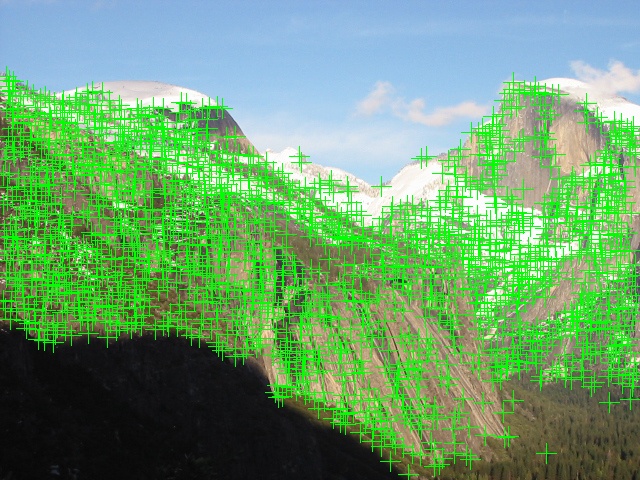Hybrid Image + Feature Detection
This computer vision project explores two fascinating areas: Hybrid Images that reveal different content based on viewing distance, and real-time Feature Detection for tracking key points in images and video streams. Built with Python, OpenCV, and TensorFlow, it demonstrates advanced algorithms for visual perception experiments and practical AR applications.
Hybrid Image Technology
Hybrid images demonstrate the scale-dependent nature of human visual perception by combining low spatial frequencies of one image with high spatial frequencies of another. Using Gaussian filters to separate and merge frequency components, the system creates composite images that reveal different details at different viewing distances. Close up, high-frequency details dominate, while from afar, low-frequency components become apparent, creating a fascinating visual illusion that showcases the complexity of human perception.

Real-Time Feature Detection
The feature detection system employs multiple computer vision algorithms including SIFT, SURF, and modern deep learning approaches to identify stable key points in real-time video streams. The pipeline includes pre-processing for noise reduction, feature extraction using both classical CV algorithms and neural networks, feature matching across frames, and pose estimation for AR applications. This technology enables applications from facial recognition to object tracking and augmented reality marker detection with minimal latency.

Practical Applications
The combined technologies have been successfully applied across multiple domains including augmented reality marker tracking, object recognition in industrial settings, medical imaging analysis, and motion tracking for interactive installations. The robust feature detection enables accurate pose estimation and object recognition regardless of scaling, rotation, or lighting changes, while hybrid images provide unique opportunities for creating engaging visual experiences that challenge perception and demonstrate the sophisticated nature of human visual processing.

